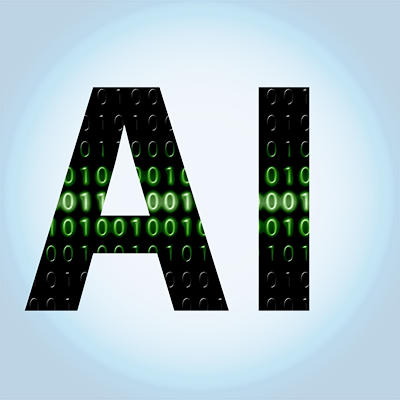Using Artificial Intelligence to help older adults and others

The progress of technology in leaps and bounds has resulted in the generation of an enormous amount of digital data in the modern era. Against this backdrop, artificial intelligence (AI) has emerged as a useful mechanism to automatically organize and categorize data and to leverage useful patterns in the data to make intelligent predictions for the future from past observations.
The most common kind of AI algorithms is supervised machine learning, which involves learning from labeled data. However, while gathering a large amount of unlabeled data is cheap and easy, hand-labeling the data is an expensive process in terms of time, labor and human expertise. Moreover, labelers must be extremely attentive because each mistake or inaccuracy negatively affects a dataset’s quality and the overall performance of a predictive model. Further, some applications require special expertise and domain knowledge, making it even more challenging to obtain high-quality labels.
For instance, consider a medical imaging application, where we are interested to develop a technology to classify images as cancer/non-cancer. To develop a reliable algorithm, we need a physician to hand-label a large number of samples for us, which may be challenging, as experienced doctors are rare and busy. The need of the hour therefore is to develop intelligent AI algorithms under the constraint of weak manual supervision.
Selective sampling algorithms like active learning automatically select the salient and exemplar samples from large amounts of redundant, unlabeled data; this tremendously reduces human annotation effort, as only a few samples, which are identified by the algorithm, need to be labeled manually. Domain adaptation algorithms attempt to develop an AI model in a particular domain by leveraging labeled data in a different, but related domain. For instance, to develop an AI system for facial expression recognition, we can try to leverage labeled data on Asian faces and develop a model on Caucasian faces, where not enough labeled data is available. Semi-supervised learning algorithms try to use labeled, as well as unlabeled data to develop a model.
All these algorithms attempt to solve the same fundamental problem – that of learning under weak human supervision. The advantage of these algorithms is that they are generic and can be applied on any kind of data (visual, audio, text, accelerometer, etc.).
At Florida State University, I am collaborating with faculty members at the Institute of Successful Longevity to develop AI algorithms, under the constraint of weak manual supervision, which can detect and predict falls in older adults. Falls are a major source of loss of autonomy, deaths and injuries among the elderly and have a remarkable impact on the costs of national health systems.
The objective of this research is to train machine learning algorithms to recognize normal and abnormal gait patterns from wearable accelerometers in real-time; if an abnormal gait pattern is anticipated by the system, an alarm will be raised to alert the user of the potential fall event. Such a technology can potentially reduce fall-related injuries and hospitalization rates.
I am also developing advanced artificial intelligence algorithms to enrich the quality of lives of individuals with varied forms of disabilities. Adults with autism spectrum disorder (ASD), for instance, face significant challenges in social communication, which can adversely affect their personal and professional lives. According to a recent study, only 58% of young adults with ASD reported working for pay outside of home, a rate much fewer than individuals with emotional, speech or learning disabilities. This is primarily due to their lack of social interaction or self-advocacy skills, thereby posing a fundamental challenge to independent living.
In collaboration with colleagues at the College of Education, we are attempting to develop assistive technological solutions that can be used to teach social skills to adults with high-functioning autism. Such a solution has the capability to augment their social skills and enable them to be successful in their professional life.
With the unprecedented growth of digital data in today’s digital world, the gap between the volume of generated data and the available human expertise to annotate and analyze the data is increasing exponentially. According to recent statistics, about 300 hours of video is being uploaded in YouTube every minute; Google processes about 3.5 billion searches per day; about 300 million photos get uploaded in Facebook every day. To cope with this enormous amount of data, algorithms like active learning, domain adaptation and semi-supervised learning will continue to be of prime importance and a fertile ground of AI research in the years to come.
Dr. Shayok Chakraborty joined the Department of Computer Science at Florida State University (FSU) in Fall 2017 as an Assistant Professor. He is also a faculty affiliate of FSU’s Institute for Successful Longevity. Prior to joining FSU, Dr. Chakraborty held a research faculty position at Arizona State University, where he was an Associate Director of the Center for Cognitive Ubiquitous Computing (CUbiC) laboratory. He received his Ph.D. in Computer Science from Arizona State University in 2013. He has worked as a Post-doctoral researcher at Intel Labs, Oregon and in the Electrical and Computer Engineering department at Carnegie Mellon University. His research interests include machine learning, computer vision and assistive technology.














